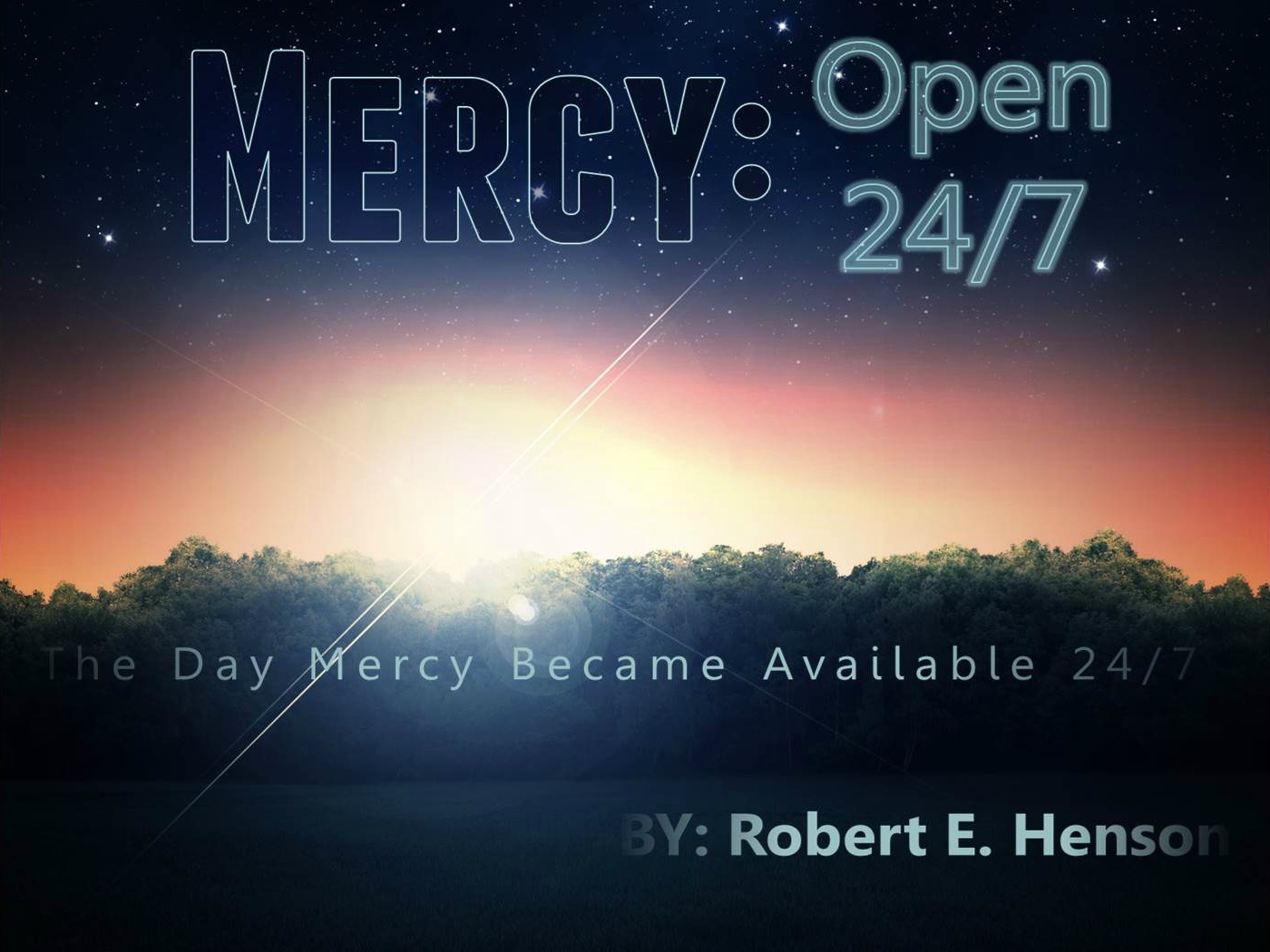A casual observer may think this event interesting and move on without further inquiry, but not so with those who understand the significance of that veil. That veil had been a divine barricade to keep out the masses of humanity. Mercy, in a certain sense, had been imprisoned behind that divinely instituted wall.

By Robert E Henson
To View the Entire Article, Click Here
To Download the Entire Article Directly to Your Computer, Click Here
To View the Outline, Click Here
To View the PowerPoint, Click Here
Mark 15:37-39 says:
“And Jesus cried with aloud voice, and gave up the ghost.
And the veil of the temple was rent in twain from the top to the bottom.
And when the centurion, which stood over against him, saw that he so cried out, and gave up the ghost, he said, Truly this man was the Son of God.”
The term 24/7 is one that has come into prominent use in the last decade is used primarily with reference to businesses that never close. The designation 24/7 indicates that the store is always open and that the services are continually available.
Mercy, as we know it, was not always available 24/7. The Old Testament pointedly stipulates that the Day of Atonement came only once each year. On that special day, and only on that day, the High Priest would enter beyond the sacred veil and into the Holy of Holies of the Tabernacle or Temple. There, the High Priest would offer blood to make atonement for the sins of the people—sins that had accumulated over the last year.
Please note this carefully—there was no such thing back then as just slipping into the Holy of Holies on an ordinary day to seek atonement and pardon. Nor did a person resort there in the middle of the night because he or she felt compunction to pray and seek God’s mercy. In fact, the common person could never enter there. The average citizen, or even the elite, could not make his or her personal appeal at the Mercy Seat. The Holy of Holies was accessible only to one man, the High Priest, and even to him it was only open for business one day out of each year!
The Crucifixion Of Jesus
Each of the four New Testament gospel writers gives us vivid accounts and important details about the trial and crucifixion of Jesus. Three of the four include a most fascinating and significant reference to the veil of the Temple.
The Temple was located some 600 yards—more than a quarter of a mile—from the place of the execution of Jesus. Yet, coinciding precisely with the time of the expiration of Jesus, the veil in the Temple was miraculously rent in two.
This was a deliberate tearing. So much so that a witness or wit-nesses saw it happen and watched in awe as it came apart. The Scriptures dutifully note that the tearing of this thick and sacred fabric occurred from the top to the bottom, thus indicating it was an action from heaven.
According to Jewish authorities, the veil was made of strong fabric and was tightly woven. It was at least four inches thick. It was checked yearly to be sure it had not deteriorated in any way. It has been stated that a pair of oxen hooked to each end of the veil could not have ripped it in two.
To View the Entire Article, Click Here
To Download the Entire Article Directly to Your Computer, Click Here
To View the Outline, Click Here



